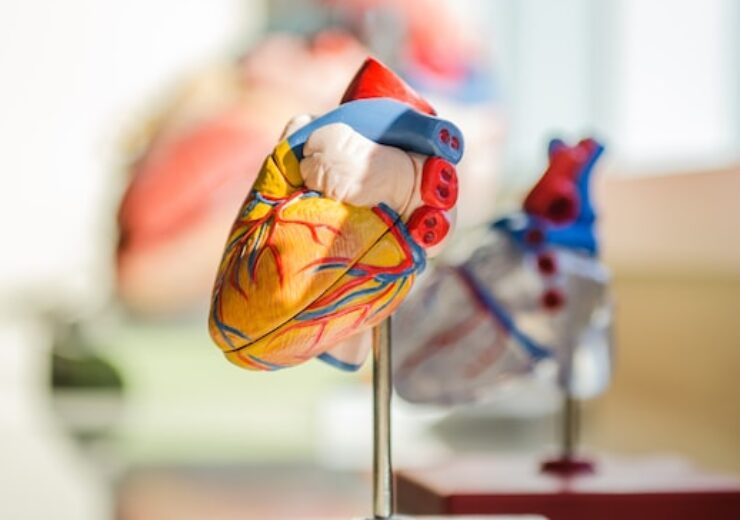The second-generation Tri-Ring device uses a two-stage clinical approach and is the first annuloplasty device to specifically meet the mechanical and functional endpoints of surgical ring annuloplasty

Tri-Ring is a percutaneous annuloplasty device. (Credit: jesse orrico on Unsplash)
US-based percutaneous transcatheter devices maker Cardiac Implants has completed the first therapeutic adjustment procedure using its Tri-Ring percutaneous annuloplasty device.
The procedure was conducted by a team of surgeons led by Dr Mark Reisman, director of structural heart disease at NewYork-Presbyterian/Weill Cornell Medical Center, and Dr Stephanie Mick, director of robotic and minimally invasive cardiac surgery at NewYork-Presbyterian/Weill Cornell Medical Center.
Cardiac Implants’ second-generation Tri-Ring device is a complete circular ring, implanted from the internal jugular vein in the neck, to treat tricuspid regurgitation.
It uses a two-stage technique, where its adjustment tool allows for re-accessing the ring after a healing period to adjust the ring according to the target valve diameter.
The device adjustment then reduces the diameter of the ring, leading to a reduction in the diameter of the valve annulus, preventing the leakage of the heart valve.
Reisman said: “This signifies a paradigm shift in demonstrating the importance of permissive healing of an annuloplasty device placed in the tricuspid annulus.
“The adjustment procedure was performed 90 days after the initial deployment of the device and resulted in a significant reduction in annular area and tricuspid regurgitation.”
Mick said: “This is an important advance for a problem that is very often too risky to approach surgically.
According to the company, Tricuspid regurgitation (TR) has complex pathophysiology and can lead to long-term adverse consequences if left untreated.
Cardiac Implants claimed that its annuloplasty device allows structural heart interventionalists to percutaneously deliver a complete ring on the tricuspid valve annulus.
The procedure marks the first minimally invasive percutaneous annuloplasty using a two-stage clinical approach in the US.
Also, Tri-Ring is the only device to meet the mechanical and functional endpoints of surgical ring annuloplasty, which is currently the gold standard for surgical valve repair, said the company.
Cardiac Implants CEO Mark Turco said: “We believe that our percutaneous annuloplasty approach is a breakthrough in the treatment of TR.
“It is a less invasive alternative to surgery and fulfils the huge unmet medical need for this disease population with treatment aimed at the specific pathophysiology of the Tricuspid Valve.”
